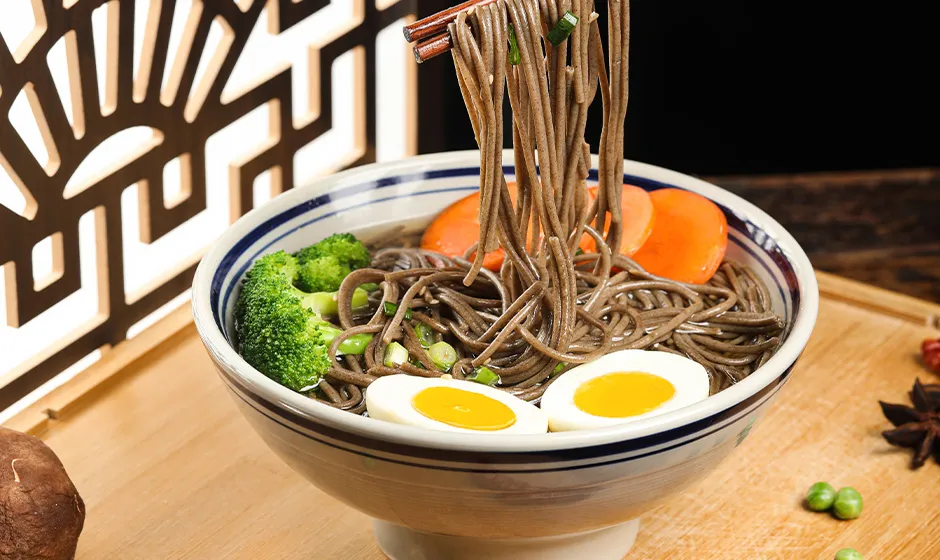Healthy Ramen Recipes for Diabetics to Enjoy Guilt-Free Meals
Ramen for Diabetics A Delicious and Healthy Alternative
Ramen is a beloved dish around the world, known for its comforting broth and endless variations of noodles and toppings. However, for individuals managing diabetes, traditional ramen can often be a dietary challenge due to its high carbohydrate content and potential for spikes in blood sugar levels. Fortunately, with some creative adjustments, ramen can be transformed into a diabetic-friendly meal that is both delicious and satisfying.
Understanding the Dietary Needs of Diabetics
Managing diabetes involves careful consideration of carbohydrate intake. Foods that are high in refined carbohydrates can lead to quick spikes in blood sugar levels, which can be detrimental to someone living with diabetes. This makes traditional ramen, often made with white flour noodles, a less-than-ideal option. However, understanding how to adapt recipes can allow for a delightful, health-conscious alternative.
Choosing the Right Noodles
One of the first steps in creating a diabetic-friendly ramen is selecting the right type of noodles. Traditional wheat-based ramen noodles can be replaced with alternative options that have a lower glycemic index. Some excellent choices include
1. Shirataki Noodles Also known as “konjac noodles,” these are made from the konjac plant and are extremely low in calories and carbohydrates. They have a unique texture and can absorb the flavors of the broth, making them an excellent base for ramen.
2. Zucchini Noodles Using a spiralizer, zucchini can be transformed into low-carb noodles. This not only reduces the carbohydrate content but also adds a nutritious vegetable component to the dish.
3. Whole Grain or Legume-based Noodles If traditional ramen is a must, look for whole grain or legume-based noodles that offer more fiber and nutrients compared to their white flour counterparts. These types often have a lower glycemic index, providing more stable energy levels.
ramen for diabetics

Crafting a Flavorful Broth
The broth is the heart of any ramen dish, and there are numerous ways to create a flavorful base that is diabetic-friendly. A traditional miso or soy sauce-based broth can be high in sodium, so using low-sodium versions is a smart choice. Additionally, consider making your own broth from scratch using chicken, beef, or vegetable stock. Infuse your broth with spices and herbs like ginger, garlic, and lemongrass for depth of flavor without adding calories or sugar.
Adding Protein and Vegetables
Incorporating lean proteins and plenty of vegetables not only enhances the nutritional value of the dish but also provides satiety. Options like grilled chicken, tofu, shrimp, or a boiled egg can offer the protein boost needed to balance carbohydrates. For vegetables, consider adding bok choy, spinach, mushrooms, or radishes, which can contribute fiber and essential nutrients without the extra carbs.
Toppings and Sauces
When it comes to toppings and sauces, moderation is key. While things like chili oil, sesame seeds, or green onions can enhance flavor, be cautious with high-sugar sauces. Instead, opt for fresh herbs, a squeeze of lime, or a dash of low-sodium soy sauce to finish your dish. These additions can elevate the taste without compromising health.
Conclusion
With a few thoughtful adjustments, ramen can indeed become a tantalizing and diabetes-friendly dish. By using alternative noodles, crafting a low-sodium broth, and focusing on vegetables and lean proteins, it is possible to enjoy this world-renowned meal without the guilt. Not only does this approach support healthy blood sugar levels, but it also allows individuals with diabetes to indulge in the flavors and comfort that ramen has to offer. Embrace the culinary possibilities and savor a bowl of ramen that fits seamlessly into a balanced diet.
-
Unleash Your Inner Chef with Delectable Italian Pasta CreationsNewsAug.01,2025
-
Savor Health and Flavor: Irresistible Soba Noodles for Sale Await!NewsAug.01,2025
-
Nourish Your Body with Premium Organic Ramen - A Culinary Delight AwaitsNewsAug.01,2025
-
Elevate Your Dishes with Our Exquisite Kinds of Egg NoodlesNewsAug.01,2025
-
Dive into Flavorful Convenience with Our Ramen OfferingsNewsAug.01,2025
-
Discover Exquisite Types of Naengmyeon and Chilled Soba NoodlesNewsAug.01,2025
-
Is Whole Wheat Pasta Healthy?NewsMay.30,2025
Browse qua the following product new the we

















































































































